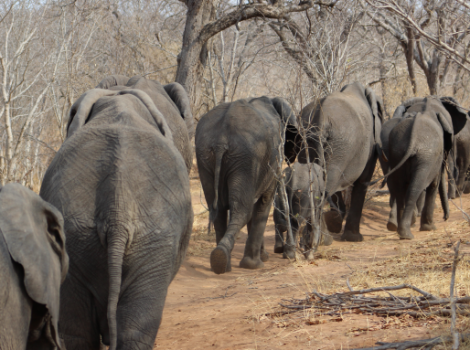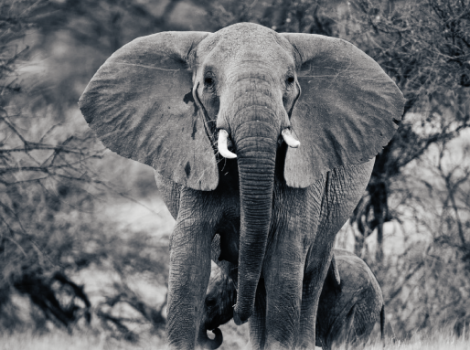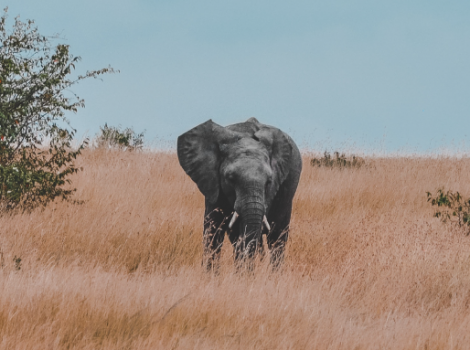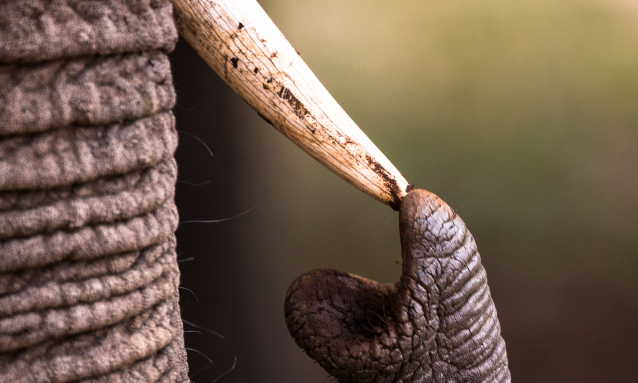
Many Southern African nations claim their elephant populations demonstrate the success of their management policies and legal ivory trade will be an additional benefit to conservation. However, their claims are unsubstantiated and legal ivory trade will only further imperil elephants.
South African Development Community (SADC) members have been calling for legal international ivory trade for many years. Their pro-trade rhetoric can be boiled down into two main arguments.
First, Southern African nations contain most of the remaining elephant populations on the continent proving they’re managing wildlife successfully. Second, the economic potential of the legal ivory trade can fund future conservation programs and benefit elephants.
While it is true Eastern African nations were hardest hit by the recent poaching crisis, it is naive to say Southern African nations fared better due to their wildlife conservation programs. Additionally, efforts to legalise the international ivory trade will reverse the positive effects of the 1989 trade ban and increase poaching pressure across the continent.
When looking at why Southern African nations fared better in the recent poaching crisis, it is critical to understand where the majority of poaching occurred and why. Scientists compared DNA results from past African elephant studies to recent illegal ivory seizures and found poaching largely occurred in two centralised hotspots within Central and Eastern Africa.
The split between the two areas can be attributed to the types of elephant species found on each side of the continent. The central hotspot supplies forest elephant ivory while the eastern hotspot supplies bush elephant ivory. Forest elephants are prized among ivory traffickers due to morphological differences in their tusks compared to their bush elephant cousins. Tusks from forest elephants are harder and allow for more intricate designs during ivory carving.
But why was Eastern Africa hit harder than Southern Africa when both areas had relatively abundant bush elephant populations? The answer comes from the logistics of transporting ivory from Africa to Asia.
An analysis of 19th-century ivory trafficking routes showed elephants were poached within interior East Africa and their tusks brought to the coast for shipment overseas. Coastal ports provided easy access to shipping lanes for international markets. While logistics have greatly improved in modern day, it still makes sense for ivory traffickers to use ocean freight when moving product due to the scale of transportation and economics. This is why we continue to see Mombasa, Zanzibar, and Dar es Salaam listed as the three main exit ports for illegally trafficked ivory.
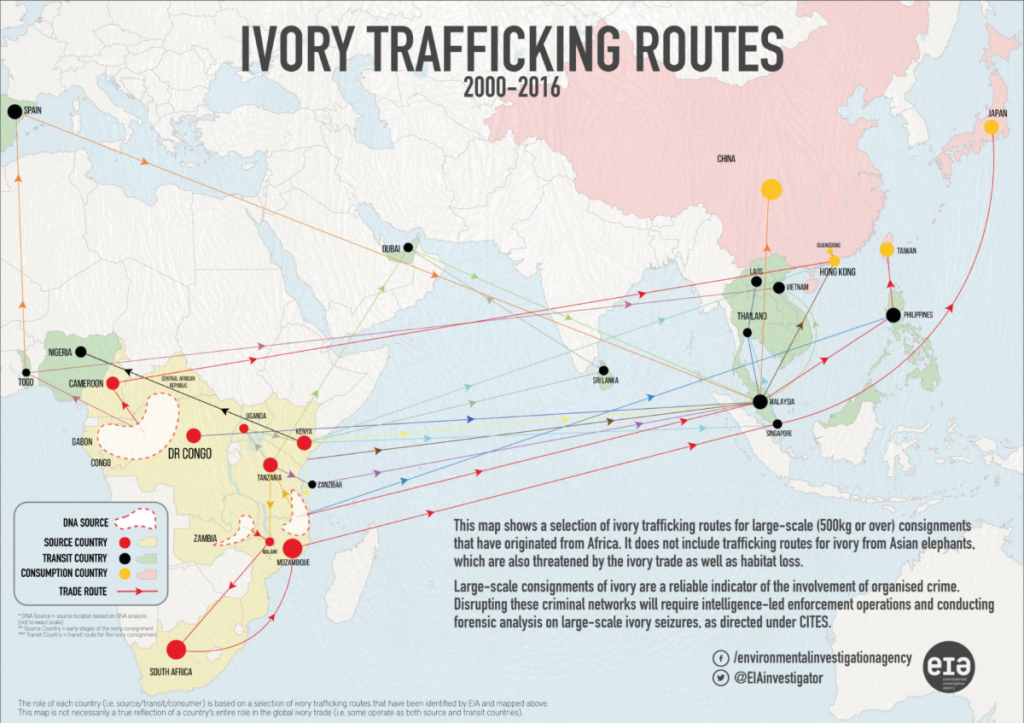
Poachers may only be able to carry tusks from one elephant at a single time but tusks consolidate as they move further along the trafficking supply chain. By the time they reach distribution areas, they are packed together in large quantities and with other non-essential items like seaweed, fish, and plastic waste. Ocean shipping containers allow for large quantities to be shipped in a way not physically feasible with air freight. It is also substantially less expensive to ship via ocean than air thanks to fuel costs.
Drastic elephant declines, like the one seen in Tanzania, can be attributed to many factors but were only possible in areas with both high initial elephant numbers and easy access to coastal shipping ports. Unfortunately, as the ivory trafficking supply chain grows and elephants disappear from Eastern Africa, poachers are turning their sights south. While many Southern African countries reported relatively low overall elephant declines from 2007-2014, the Proportion of Illegally Killed Elephants (PIKE) has risen in recent years.
Botswana holds Africa’s largest number of elephants and was once a safe haven from poachers. But a disturbing trend of increased poaching was reported in 2019. The next five years could be disastrous for Botswana’s elephants as population crashes are known to occur shortly after poaching increases.
Southern African nations are wrong to think their conservation methods make them immune to the poaching crisis afflicting Eastern Africa and they’re also wrong to think legal international trade will benefit elephants. There is clear evidence supporting elephant populations being positively impacted by the 1989 CITES ivory trade ban. Proponents of legal trade ignore this fact while promoting false hope through exploitation.
The second “one-off” legal ivory sale in 2008 greatly influenced illegal ivory trafficking and caused the poaching crisis that soon followed. Illegal ivory production and ivory smuggling increased by an estimated 66% and 71%, respectively.
We know the 1989 international ivory trade ban was successful in protecting elephants. We know the 2008 legal sale of ivory caused the recent poaching crisis. We know Eastern Africa was hit hard thanks to its abundance of elephants and proximity to coastal shipping ports. We know Southern Africa is beginning to feel the effects of poaching as the ivory trafficking supply chain grows.
Knowing all of this, it is unacceptable for SADC countries to continue promoting legal ivory trade. The trade will decimate elephant numbers and serve no purpose other than lining the pockets of a few wealthy individuals. The exploitation of African elephants must end if want them to have a future on this planet.
Disclaimer: The views and opinions expressed in this article are those of the authors and do not necessarily reflect the official position of YourBotswana.
Source: http://wildthingsinitiative.com/ivory-trafficking-and-why-location-matters/

